Description
The instruction for medical use of BETOPTIK medicine * About the Trade name Betoptik * About the International unlicensed name Betaksolol Lekarstvennaya the Drop form eye, suspension, 5 ml Structure of 1 ml of drug contains active agent – a betaksolol a hydrochloride of 2.8 mg (it is equivalent to a betaksolol of 2.5 mg), excipients: polistirendivinilbenzensulfonovy acid (Amberlit of IRP-69), carbomer 974P, boric acid, Mannitolum, dinatrium edetat, a benzalkoniya chloride, N-lauroilsarkozin, acid chlorohydrogen and/or sodium hydroxide for correction rn, the water purified. Description Suspension of white or almost white color. Pharmacotherapeutic group Sense bodys. Ophthalmologic drugs. Protivoglaukomny drugs and miotik. Beta blockers. Betaksolol. The ATX S01ED02 code the Pharmacological Betaksolol Pharmacokinetics properties is high-lipophilic means that leads to good penetration into a cornea and creates high intraocular concentration of drug. Betaksolol is characterized by good indicators of absorption and low extent of destruction in an oral cavity, having at the same time rather long half-life period (about 16-22 hours). Removal of a betaksolol happens in generally renal way. The main metabolites are carboxylic acid and invariable betaksolol which come to light in urine, in number of about 16% of the entered drug dose. Action of a betaksolol begins within 30 minutes, and the maximum effect is reached in 2 hours after local introduction. The single dose of drug provides 12 hour decrease in intraocular pressure. The polar structure of a betaksolol can cause obvious ophthalmologic discomfort. In this dosage form of a molecule of a betaksolol it is ionic are connected with amberlitovy pitch. When burying a molecule of a betaksolol are forced out by ions in the lacrimal film. Process of replacement happens within several minutes after burying and is expressed by local discomfort in an eye. A pharmacodynamics Cardioselective (β1) – the adrenoblocker having weak membrane stabilizing (mestnoanesteziruyushchy) activity. At topical administration Betoptik * With reduces as raised, and the normal intraocular pressure (VGD), due to reduction of products of intraocular liquid. The effect usually occurs in 30 minutes after use, and the maximum decrease is reached approximately in 2 hours. Single burying provides decrease in VGD within 12 hours. Betoptik * With does not cause deterioration in a blood-groove in an optic nerve, and on the contrary keeps or even improves it owing to what it has ability to keep fields of vision and also to improve and support blood supply of an eye. In spite of the fact that at instillation in an eye(s) a number of drug nevertheless gets to a system blood stream, ophthalmologic doses do not form pharmacological the active level of drug in body tissues in general and do not influence functions of respiratory and cardiovascular systems (warm rhythm, blood pressure), thanks to its selectivity in the relation β-1 heart receptors. However, at system use, β-adrenoblockers reduce warm emission at healthy people and at patients with pathology of a cardiovascular system. Indications Betoptik * With can be applied both in monotherapy, and in combination with other drugs at: – the increased intraocular pressure – a chronic open angle glaucoma the Route of administration and doses to Stir up a bottle before the use! On 1 drop of the drug Betoptik * With in the affected eye(s) 2 times a day. At some patients the stabilization of intraocular pressure happens within several weeks. Therefore it is necessary to measure intraocular pressure within the first month of treatment. The doctor has to determine the frequency of measurement. In this case careful observation of the patient is recommended. If this mode of dosing does not lead to adequate control of intraocular pressure at the patient, use of joint therapy with other protivoglaukomny means is possible. It is not necessary to touch with a pipette tip eyes or any other surface to avoid pollution of contents of a bottle. After opening it is necessary to close a bottle densely. When using it is recommended to use more than one local ophthalmologic means, drugs with an interval, at least 5 minutes. Oculentum is applied in the last turn. Pressing of the lacrimonasal channel or closing a century for 2 minutes reduces system absorption of drug. It can lead to decrease in side effects and increase in local activity. Side effects In clinical trials the short-term ocular discomfort was the most frequent side effect connected with use of the eye drops containing betaksolol. As well as other locally applied ophthalmic means, betaksolol it is absorbed systemically. It can cause the similar undesirable effects observed when using of the system beta blocking means. Manifestation of system undesirable reactions after local ophthalmologic introduction less than at system introduction. The listed side reactions include the reactions observed in a class of ophthalmologic beta-blockers. Categories of frequency of emergence decide on use of the following conditions: very often (≥1/10), it is frequent (from ≥1/100 to & lt, 1/10), infrequently (from ≥1/1000 to & lt, 1/100), is rare (from ≥1/10000 to & lt, 1/1000), is very rare (& lt, 1/10000), it is unknown (it is impossible to estimate on the available data). Undesirable reactions were received from clinical trials and voluntary post-registration messages. Local: Very often – discomfort in an eye it is frequent – indistinct sight – increase in lachrymation Infrequently – a dot keratitis, a keratitis – conjunctivitis, disturbances from a conjunctiva, conjunctival hypostasis – blepharitis, a nictitating spasm – decrease in visual acuity, deterioration in sight – a photophobia – eye pain, xerophthalmus, an itching of eyes – an asthenopia – formation of crusts on an edge of the lids – inflammation of eyes, irritation of eyes, hyperaemia – discharges from eyes Seldom – a cataract – decrease in sensitivity of a cornea – an erythema of a century System is frequent – a headache Infrequently – bradycardia, tachycardia – asthma, dispnoe – rhinitises – nausea Seldom – alarm, insomnia, depression – a faint – hypotension – cough, a rhinorrhea – a dysgeusia – dermatitis, rash, an alopecia – decrease in a libido the Frequency of manifestation of the following side reactions cannot be estimated because of insufficiency of the available data: Local: the urticaria localized and generalized rash, an itching, a cornea erosion, a ptosis, a diplopia, psoriatic rash or exacerbation of the available psoriasis, cold and cyanochroic hands and legs. System: system allergic reactions, including a Quincke’s edema, anaphylactic reaction, a hypoglycemia, nightmares, loss of memory, a hallucination, psychoses, confusion of consciousness, disturbance of cerebral circulation, brain ischemia, increase in signs and symptoms of a heavy myasthenia, dizziness, paresthesia, choroidal amotio after filtration operation (see the section Special Instructions), a stethalgia, a cardiopalmus, swelled, chronic heart failure, atrioventricular block, cardiac arrest, heart failure. The slowed-down atrioventricular conductivity or increase in the existing atrioventricular block, Reynaud’s syndrome, increase in the existing Sharko’s syndrome, a bronchospasm (mainly at patients with earlier existing bronkhospastichesky disease), dyspepsia, diarrhea, dryness in a mouth, an abdominal pain, vomiting, muscle pain, sexual dysfunction, decrease in a libido, fatigue. Contraindications – hypersensitivity to active agent or to any of excipients – reactive disturbances of airways, including heavy bronchial asthma or cases of heavy bronchial asthma, a serious chronic obstructive illness of lungs in the anamnesis – patients with sinus bradycardia, a sick sinus syndrome, sinuatrial blockade, atrioventricular block of II and III degree which is not controlled by a pacemaker, the profound heart failure, cardiogenic shock – cornea dystrophy – a dry keratitis – children’s age up to 8 years Medicinal interactions of Any specific researches of interaction of a betaksolol with other medicines it was not carried out. There is a potential for the additive effects leading to hypotension and/or the profound bradycardia when the ophthalmologic beta-blocker is appointed along with blockers of calcium channels, the beta and adrenergic blocking agents, antiaritmika (including Amiodaronum), a foxglove glycoside, parasympathomimetics and guanidine. Careful observation of the patient is recommended. Beta-blockers can reduce response to the adrenaline used for treatment of anaphylactic reactions. The extra care should be shown at patients with history of an atopy and an anaphylaxis. Betaksolol is the adrenergic blocking agent therefore it is necessary to show care at the patients using the accompanying adrenergic psychotropic drugs. It was reported about the mydriasis caused by simultaneous use of ophthalmologic beta-blockers and adrenaline (epinephrine). When using it is recommended to use more than one local ophthalmologic means, drugs with an interval, at least 5 minutes. Oculentum is applied in the last turn. Special instructions Only for topical administration. As well as other local used ophthalmologic drugs, betaksolol it is absorbed systemically. Because of a beta and adrenergic component, a betaksolol, there can be same types of the cardiovascular, pulmonary and other side reactions observed with the system beta and adrenergic blocking agents. Frequency of emergence of side effects after local ophthalmologic introduction is lower, than at system introduction. To reduce system absorption, see the section Route of Administration and Doses. Cardiovascular diseases Should be used with care at patients with uncontrollable heart failure. At the beginning of therapy betaksololy patients with heavy heart failure should watch closely symptoms of heart failure. At the first symptoms of heart failure the Betoptik drug treatment * With should be stopped. At patients with cardiovascular diseases (for example, coronary heart disease, stenocardia of Printsmetall and heart failure) and hypotonia it is necessary to estimate carefully therapy by beta-blockers and to consider therapy by other active agents. It is necessary to observe patients with cardiovascular diseases on presence of signs of deterioration in these diseases and side reactions. Because of potential negative impact for the period of carrying out a warm impulse, patients need to be careful when assigning beta-blockers with heart block of the first degree. Because of potential impact of beta-blockers on arterial blood pressure and a warm rhythm (for example, hypotension, bradycardia) it is necessary to use with care at patients with cerebrovascular insufficiency, an uncured pheochromocytoma or a metabolic acidosis as the beta and adrenergic blocking agents can adversely influence such diseases. If the signs or symptoms characterizing decrease in cerebral circulation develop it is recommended to consider alternative therapy. It is necessary to treat with care of patients with heavy disturbances of peripheric circulation (for example, severe forms of a disease or Reynaud’s syndrome). Respiratory system After introduction of some ophthalmologic beta-blockers to patients with asthma it was reported about respiratory reactions, including about death because of a bronchospasm. It is necessary to show care at treatment of patients with easy/moderate bronchial asthma or the easy/moderate chronic obstructive pulmonary disease (COPD) in the anamnesis. Diabetes As β-adrenoblockers can mask symptoms of a sharp hypoglycemia it is necessary to appoint with care the drug Betoptik * With the patients inclined to a spontaneous hypoglycemia or patients with labile diabetes. A hyperthyroidism β-adrenoblockers can mask some symptoms of a hyper thyroidism (for example, tachycardia). Patients with suspicion of the developing thyrotoxicosis require special attention, it is not recommended to cancel sharply β-adrenoblockers as it can provoke thyrocardiac crisis. Muscle weakness It was reported that the beta and adrenergic blocking agents exponentiate the muscle weakness consistent with certain myasthenic symptoms (for example, a diplopia, a ptosis and the general weakness). Cornea diseases At the Betoptik drug treatment * From patients with closed-angle glaucoma, treatment has to is carried out in combination with miotika, but not as monotherapy. At patients with closed-angle glaucoma the purpose of the emergency treatment is disclosure of a corner of an anterior chamber of an eye by reduction of a pupil miotiky. The drug Betoptik * With does not influence or has insignificant influence on a pupil. Ophthalmologic beta-blockers can cause xerophthalmus. It is necessary to show care when using of the beta blocking agents at patients with cornea diseases, Sikki’s syndrome or similar anomalies of a plaintive film. Other beta-blockers Betaksolol can interact with other medicines (see the section Medicinal Interactions). When betaksolol it is appointed to the patients who are already receiving a system beta-blocker influence on intraocular pressure or the known effects of system beta blockade can be strengthened. It is necessary to observe attentively emergence of possible reactions in such patients. It is not recommended to use two local beta blockers (see the section Medicinal Interactions). Anaphylactic reactions At use of beta-blockers for patients with an atopy or the significant anaphylactic reaction in the anamnesis, at repeated influences of allergens, reaction of hypersensitivity can have more significant character, at the same time the usual doses of adrenaline used for treatment of anaphylactic reactions, can be insufficient. Choroidal amotio It was reported about choroidal amotio using water suppressive therapy (for example, Timololum, acetazoleamide) after the procedures of filtration. Surgery the Beta blocking ophthalmologic drugs can block system beta and agonistic effects, for example adrenaline. The anesthesiologist has to be informed on reception by the patient of a betaksolol. Before carrying out the general anesthesia it is necessary to consider that removal of beta-blockers from an organism happens gradually because of decline in the ability of heart to react to the beta and adrenergic and other mediated sympathetic reflex incentives. Fertility Data, concerning drug Betoptik influence * With on reproductive function of an organism, no. Pregnancy pregnant women have no reliable data about use of a betaksolol. In case before childbirth the drug Betoptik * is used With, careful observation of the newborn in the first days of life is necessary. The lactation period Beta-blockers and systemically entered betaksolol are allocated in maternal milk. However, at use of a betaksolol in the form of eye drops in therapeutic doses it is improbable that in breast milk there was an enough capable to cause clinical symptoms of beta blockade in the baby. To reduce system absorption, see the section Route of Administration and Doses. In the corresponding circumstances it is necessary to make the decision on the termination of breastfeeding or on the treatment termination betaksololy taking into account advantage of breastfeeding for the child and advantage of therapy for the woman. Contact lenses the Drug Betoptik * With the benzalkoniya contains chloride which can cause irritation of eyes and to become the reason an obestsvechivniya of soft contact lenses. It is necessary to avoid contact with soft contact lenses. It is recommended to delete contact lenses before drug Betoptik use * With and to wait 15 minutes before again inserting them into eyes. Features of influence of medicine on ability to run the vehicle or potentially dangerous mechanisms After burying the temporary ambiguity of sight or other visual changes is possible that it can negatively affect ability of an upr
lyat the car or other potentially dangerous mechanisms. In this case it is necessary to wait some time before recovery of sight. Overdose At accidental administration of drug inside, overdose symptoms beta-blockers can include bradycardia, hypotension, an acute heart failure and a bronchospasm. In case of overdose * About treatment has to be the drug Betoptik symptomatic and supporting. At overdose after topical administration of drug it is necessary to wash out eyes plentiful amount of warm water. The form of release and packing On 5 ml of drug place in a bottle from translucent polyethylene of low density with a dropper doser of Drop-tainer® and the twisting white cap from polypropylene. Each bottle together with the instruction for medical use in the state and Russian languages is placed in a cardboard pack. Storage conditions to Store a bottle in cardboard packing. To store at a temperature from 8 °C to 30 °C. To store out of children’s reach! 2 years not to apply a period of storage after an expiration date. The use period after opening of a bottle – within no more than 4 weeks. Prescription status According to the prescription the Name and the address of the manufacturing organization of page and. Alkon-Kuvrer of N of century, V-2870 of Puurs, Belgium the Name and the address of the holder of the registration certificate of Novartis Pharm AG, Basel, Switzerland the Name, the address and a contact information (phone, the fax, e-mail) of the organization in the territory of the Republic of Kazakhstan: accepting, claims (offer) on quality of medicines from consumers, responsible for post-registration observation of safety of medicine of Filial Novartis Pharm Servisez AG in Kazakhstan 050022 Almaty, Kurmangaza St., 95
to Develop
Additional information
| Ingredient |
|---|





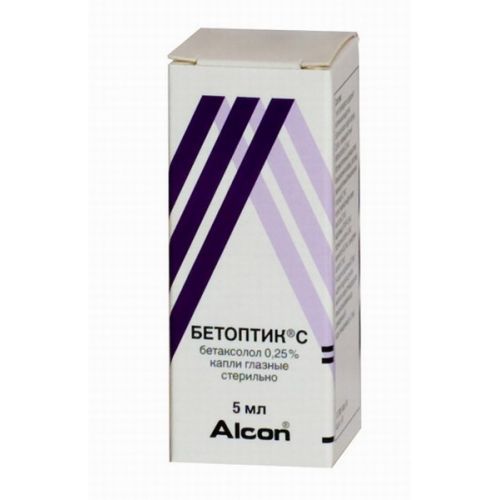
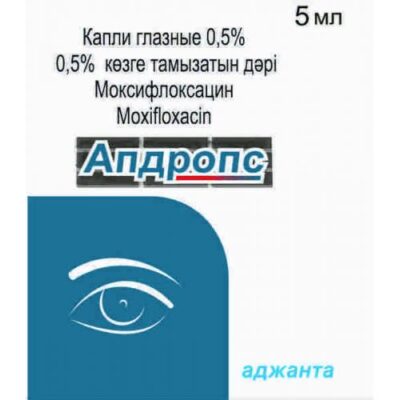
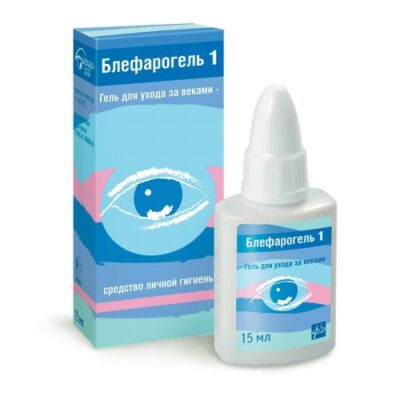
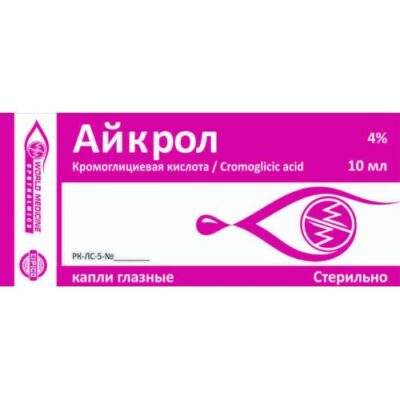
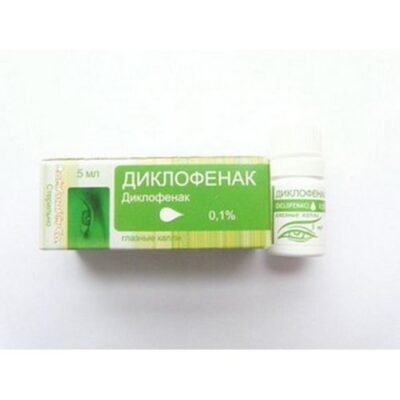
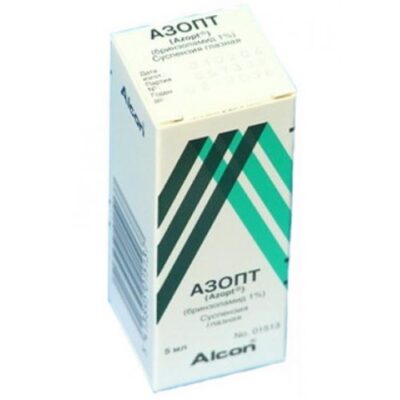
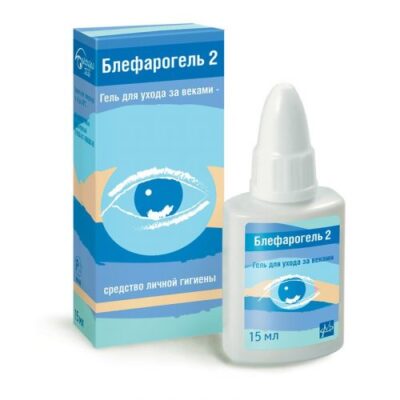
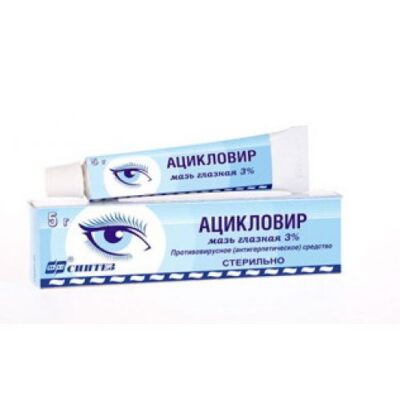
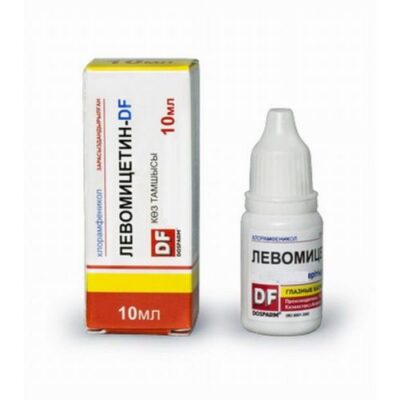
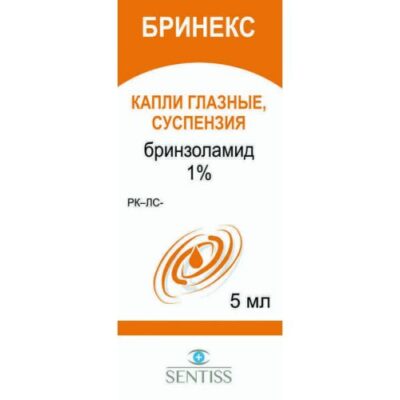
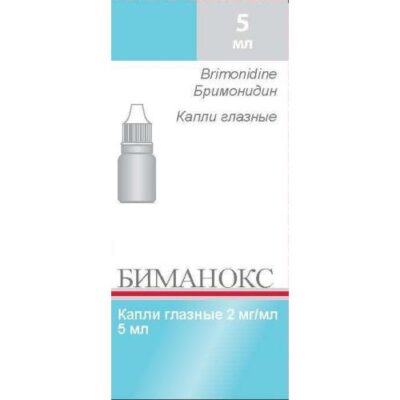






Reviews
There are no reviews yet.